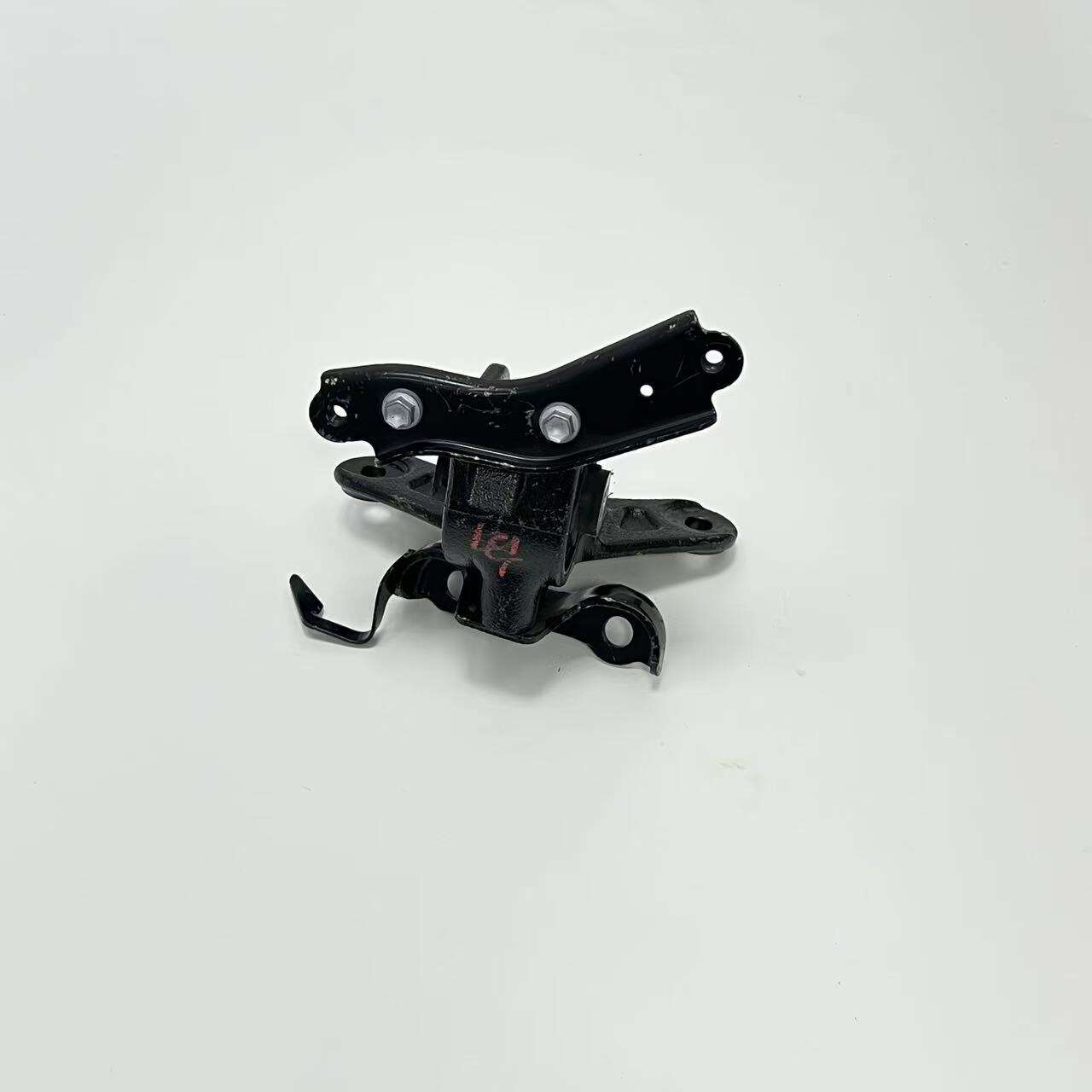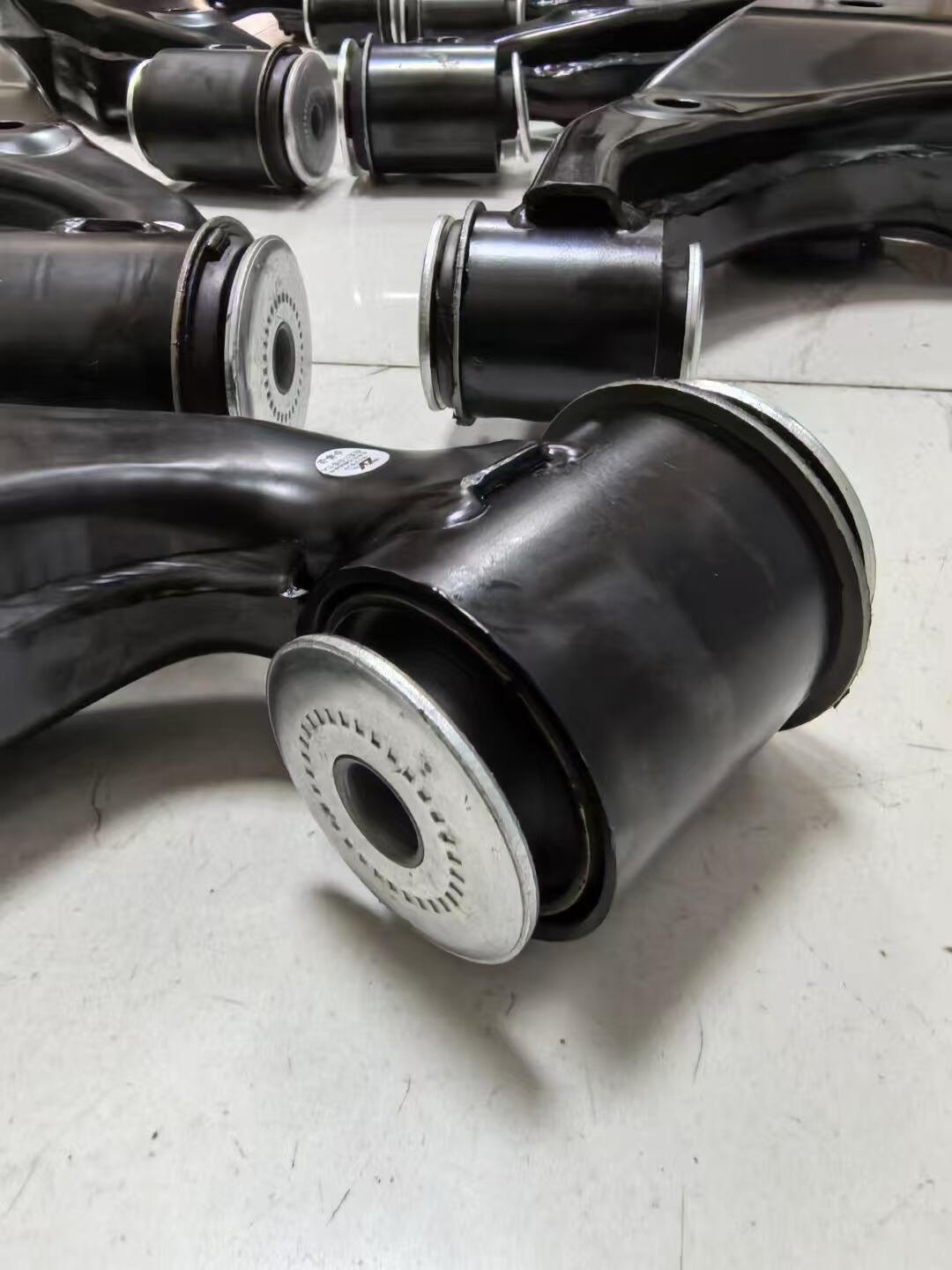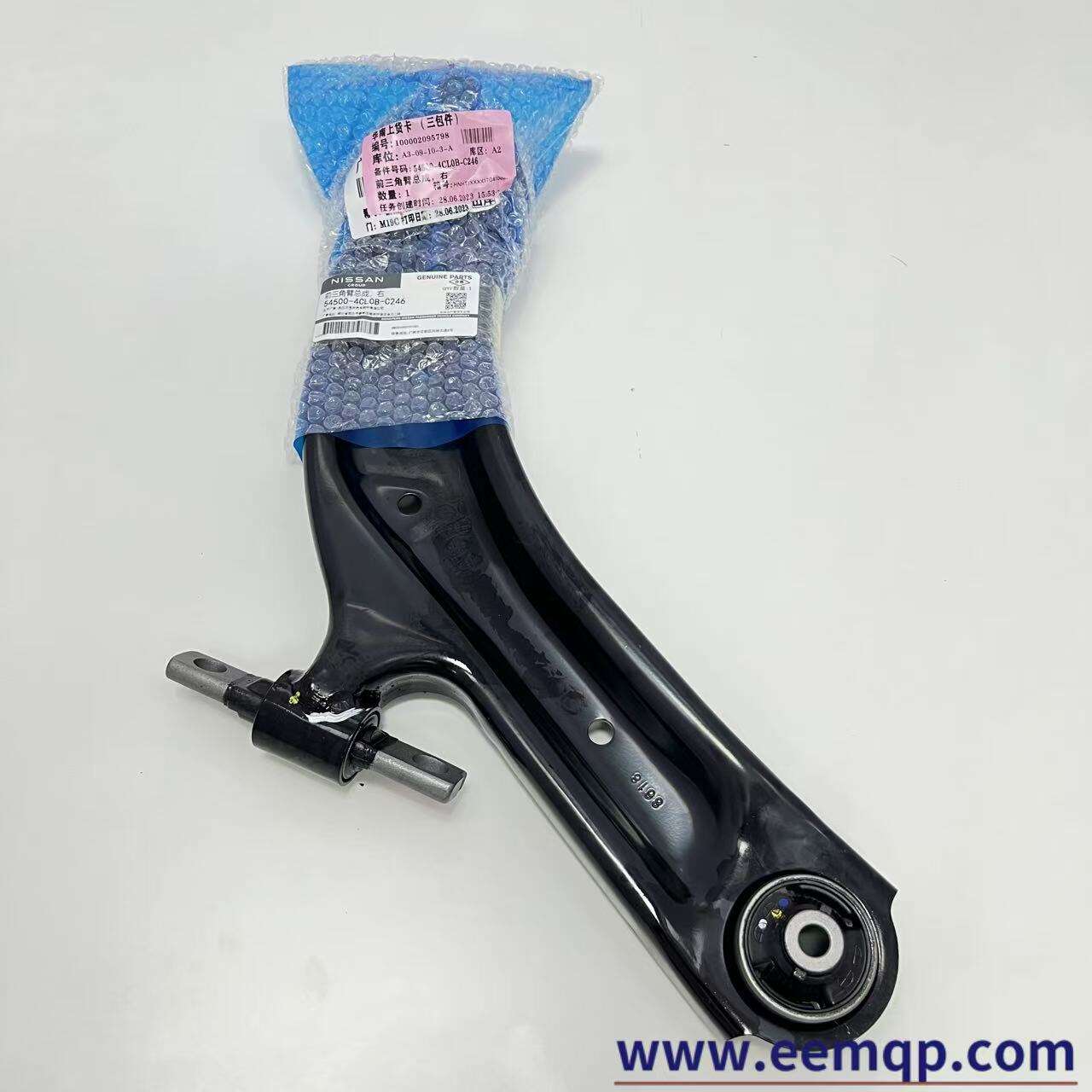price of cooling fan
The price of cooling fans varies significantly in today's market, reflecting the diverse range of features, quality, and applications available. Entry-level cooling fans typically start around $10 to $30, offering basic airflow functionality for personal computing and small electronics. Mid-range options, priced between $30 and $80, generally incorporate advanced features such as PWM control, RGB lighting, and improved bearing technology for enhanced longevity. Premium cooling fans, ranging from $80 to $200 or more, showcase cutting-edge technology including magnetic levitation bearings, smart temperature control, and superior build quality. Industrial-grade cooling fans command higher prices, often exceeding $200, due to their robust construction and specialized applications. The price spectrum also encompasses various form factors, from compact 80mm fans to larger 200mm units, with costs scaling accordingly. Many manufacturers offer bulk pricing options for system integrators and industrial customers, potentially reducing per-unit costs by 20-40%. The investment in quality cooling solutions directly impacts system performance, noise levels, and long-term reliability, making it crucial to consider factors beyond initial cost when selecting cooling fans for specific applications.


